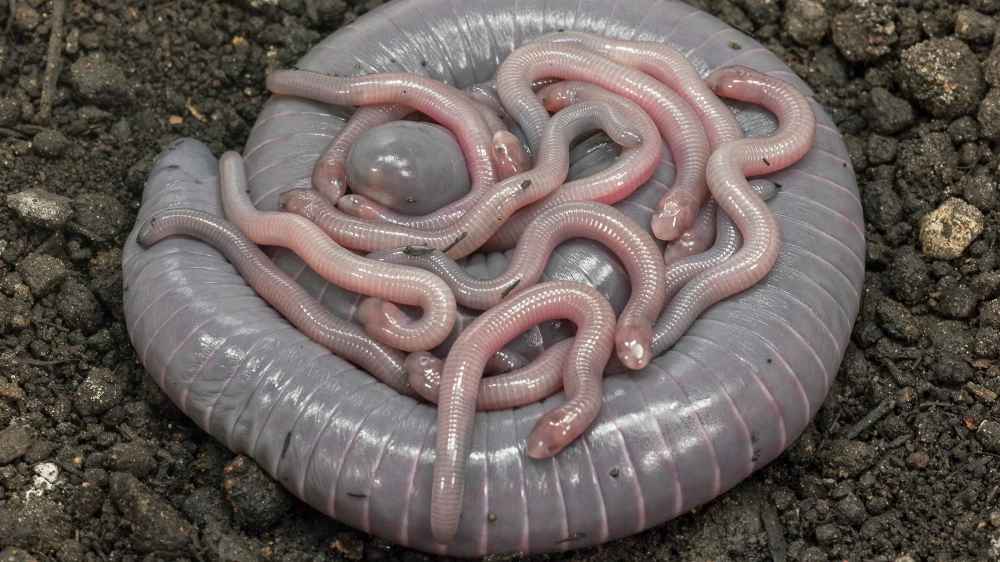In the dimly lit depths of tropical regions around the world, a remarkable discovery has been made in the hidden realm of caecilian amphibians. These legless, serpent-like creatures, often overlooked in the pantheon of vertebrate life, have unveiled a stunning secret: they produce milk to nourish their young.
In a collaborative effort spanning Brazil, the United States, and Germany, a team of researchers led by Dr. Alexander Kupfer from the State Museum of Natural History Stuttgart embarked on a journey to unravel the mysteries of caecilian reproduction. Their findings, published in the prestigious journal Science, have illuminated a previously unknown facet of vertebrate evolution and parental care.
The focal point of this revelation is the Brazilian caecilian species Siphonops annulatus, which exhibits a level of parental devotion akin to that seen in mammals. Unlike most vertebrates, where yolk serves as the primary source of embryonic nourishment, female Siphonops annulatus secretes a rich, nutrient-packed milk for its offspring.
This milk, composed predominantly of fats and carbohydrates, is produced in specialized glands within the female’s oviduct. Remarkably, the young caecilians consume this milk for a period exceeding two months, facilitated by tactile and acoustic cues from the mother’s cloaca.
The implications of this discovery are profound, challenging long-held assumptions about vertebrate reproductive strategies. Caecilians, once relegated to the shadows of scientific inquiry, have emerged as pioneers in the realm of brood care, demonstrating a level of parental investment previously unseen in their taxonomic group.
Dr. Kupfer, whose pioneering research spearheaded this groundbreaking revelation, underscores the significance of this finding. He asserts that it not only sheds light on the evolutionary adaptations of caecilians but also broadens our understanding of vertebrate biology as a whole.
Indeed, the discovery of milk production in caecilian amphibians opens a new chapter in our exploration of the natural world—a testament to the resilience and ingenuity of life in all its forms. As we delve deeper into the mysteries of these enigmatic creatures, we are reminded of the boundless wonders that await discovery, hidden just beneath the surface of our planet’s rich tapestry of life.
